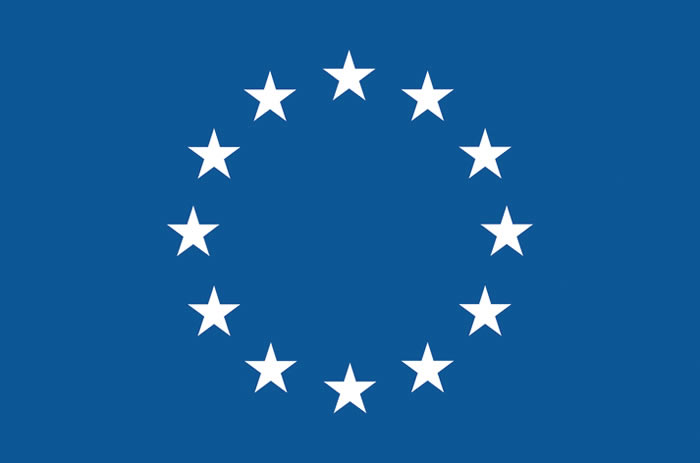Winter, Georg

Georg Winter obtained his PhD degree from the Medical University of Vienna, working on elucidating the mechanism of action of anti-neoplastic drugs under the supervision of Prof. Giulio Superti-Furga. He specialized on proteomics- as well as chemical genetics approaches to identify drug resistance mechanisms and synergistic drug combinations. He continued his training in chemical biology, working as a postdoctoral fellow with Dr. James Bradner the Dana Farber Cancer Institute/Harvard Medical School. Supported by an EMBO fellowship, he innovated the first generalizable pharmacologic solution to in vivo target protein degradation (Winter et al., Science 2015). He was recruited as a CeMM Principal Investigator in June 2016 where his research is now focused on using the unique molecular pharmacology of targeted protein degradation to understand and disrupt fundamental principles of transcription and gene control aberrantly regulated in human cancers. Georg Winter (co-) authored 35 manuscripts including publications in Science, Nature, Nature Chemical Biology, Nature Genetics, Elife and Molecular Cell. His interdisciplinary research lab consists of 6 Postdocs, 4 graduate students and 3 technical assistants trained in molecular biology, organic chemistry and computational biology, and is supported by several national and international grants and fellowships including an ERC Starting Grant. Dr. Winter’s contribution to the field of targeted protein degradation was acknowledged via multiple prices and awards, including the prestigious Eppendorf Award 2019 and the Elisabeth Lutz Award of the Austrian Academy of Sciences.
(Photo kindly provided by @CeMM )
Abstract:
Identification and Characterization of novel molecular glue degraders
Topic:
Targeted protein degradation (TPD) is a new therapeutic modality based on drugs that destabilize proteins by inducing their proximity to E3 ubiquitin ligases. In this presentation, I will discuss how we develop phenotypic drug screens to find novel small molecule degraders that function as “molecular glues”. Molecular glues are of particular interest as they can degrade otherwise unligandable proteins by orchestrating direct interactions between target and ligase. I will describe a scalable strategy toward glue degrader discovery that is based on chemical screening in hyponeddylated cells, coupled to a multi-omics target deconvolution campaign. This approach led us to identify compounds that induce ubiquitination and degradation of cyclin K by prompting an interaction of CDK12–cyclin K with a CRL4B ligase complex. Notably, this interaction is independent of a dedicated substrate receptor, thus functionally segregating this mechanism from all described degraders. Collectively, our data outline a versatile and broadly applicable strategy to identify degraders with nonobvious mechanisms and thus empower future drug discovery efforts.
Back to speaker overview Back to Oral- and Flash presentations overview











